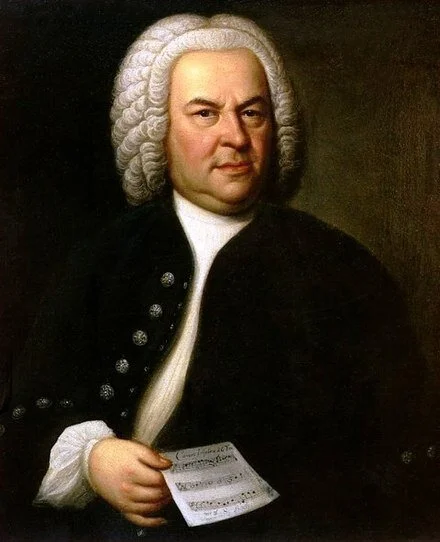Baroque oratorio in Hebrew! My friends and colleagues in Miryam have a thrilling project planned for March! Read more about this amazing piece here, and save the dates!
H+H's Messiah
It’s a December standard, but how much do you really know about Handel’s Messiah? Check out these fantastic notes from Handel + Haydn Society and come hear us on Fri/Sat/Sun if you’re in Boston!
Enhanced Program Notes: Handel Messiah - Nothing to be compared
Bach's Church Music in Latin
Did you know Bach wrote liturgical music in Latin (and not just the Magnificat and B minor mass)? Early Music Monday takes a peek at this repertoire in advance of The Bach Project’s concert next Sunday!
Composers like to borrow
Composers never let a good idea go to waste. This week’s example of borrowing is Guerrero’s Missa de la batalla escoutez, based on Janequin’s madrigal “La Guerre” - a Spanish mass setting based on a French madrigal about the Battle of Marignano in 1515.
Cornysh "Salve Regina"
It’s always fun to revisit music from the Eton Choirbook - so complex, so demanding, and yet so rewarding at the same time! This week’s project is this gorgeous Salve Regina by William Cornysh.
Music for the Requiem
With Halloween and the commemorations of All Souls and All Saints later this week, Early Music Monday looks at the music for the Requiem, frequently performed in concerts, at Christian funerals, and used for dramatic moments in movies!
Music for the seasons
Vivaldi wasn’t the only composer who wrote about the seasons! Boismortier wrote a set of cantatas for voice, solo instruments, and continuo, and here’s the last movement from L’Automne!
What is a theorbo, really?
I’ve been talking about viols for a few weeks now, but one of the other cool instruments in the Early Music world is the theorbo.
O Lord, how vain are all our frail delights
Still reveling in the glories of Friday night’s concert with Sonnambula and The Henry Purcell Society of Boston! Here’s one of our favorite pieces from that program!
Consort Songs
How did composers set secular poetry before the “art song” developed in the 19th century? Consort songs were one way! Read up on them here and then come hear Sonnambula and I for The Henry Purcell Society of Boston’s concert on Friday evening!


